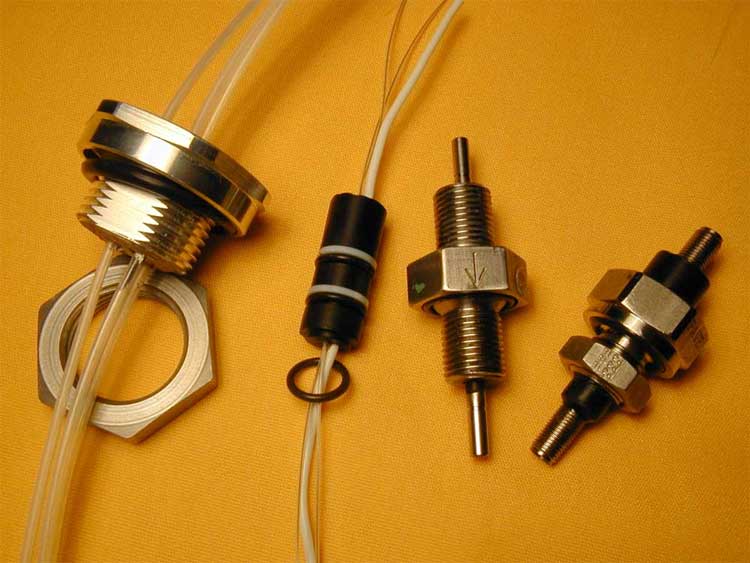
Structured savings products have become a significant part of the investment landscape, especially for sophisticated investors who seek tailored financial solutions. These products are complex and designed to meet the specific goals of investors who require both growth and protection in their portfolios. While they are not as widely known as traditional savings accounts, structured products offer a compelling alternative for those who are comfortable with their intricacies and risks. In this article, we will explore what structured savings products are, how they work, their benefits and risks, and how sophisticated savers can choose the right products for their needs.
What Are Structured Savings Products?
Structured savings products are financial instruments that combine traditional savings features with more sophisticated financial strategies, such as derivatives. These products are designed to provide returns based on the performance of underlying assets like stocks, bonds, commodities, or indices. Unlike conventional savings accounts or fixed deposits, structured products can offer higher returns, but they also carry higher risks.
At their core, structured savings products offer customization. They can be tailored to meet the unique needs of an investor, balancing potential returns with risk exposure. Depending on the structure, these products may offer capital protection or allow for some risk of loss, which is typically tied to the performance of the underlying asset.
The primary advantage of structured savings products is that they can be used to achieve specific financial goals—whether it’s capital preservation, generating income, or gaining exposure to certain market movements. However, they are not suited for every investor, particularly those with a low-risk tolerance or those unfamiliar with financial markets. Check out Saxo Singapore for more information.
The Mechanics Behind Structured Savings Products
Understanding how structured savings products work is essential for any investor looking to incorporate them into their portfolio. These products are typically structured by financial institutions and are built to reflect the performance of underlying assets. The return on a structured product is often linked to a predefined index or a basket of assets, and in many cases, the payout is based on the performance of these assets over a set period.
One of the key features of structured savings products is their ability to provide tailored risk profiles. For example, an investor can choose a product that offers capital protection, meaning the principal investment is safeguarded, while the returns are tied to the performance of a stock market index. In contrast, other structured products might offer higher potential returns at the cost of a higher risk of principal loss.
In terms of customization, these products can be designed with specific triggers or conditions. For instance, a structured savings product could be designed to pay out if the value of a specific stock reaches a certain level, or if a particular economic indicator hits a predefined threshold. The flexibility of these products makes them attractive for investors who want to hedge against risks or gain exposure to markets they wouldn’t otherwise invest in directly.
Types of Structured Savings Products
Equity-linked notes are one of the most popular structured products. These products link the return to the performance of a specific stock, index, or basket of stocks. For instance, an equity-linked note might offer returns based on how a particular stock performs over a set period. These products typically offer higher returns than traditional savings accounts because they are tied to the volatility of the equity markets, which can produce substantial gains.
Fixed-income structured products combine the stability of fixed-income investments, such as bonds, with the features of a structured product. These products may offer a fixed coupon payment, but the final payout is often linked to the performance of an underlying asset. Fixed-income structured products are generally seen as lower risk than equity-linked products because they combine the safety of bonds with the potential for additional return through their linked assets.
Hybrid products are a combination of the various types of structured savings products. These instruments might blend the benefits of equity, fixed income, and commodity exposure, depending on the investor’s goals. A hybrid product can be customized to offer a mix of growth potential and risk mitigation, making it a flexible option for sophisticated investors.
Benefits of Structured Savings Products
Structured savings products come with several benefits that make them attractive to sophisticated investors. One of the main advantages is the potential for higher returns compared to traditional savings products. While conventional savings accounts and fixed deposits offer modest interest rates, structured products have the potential to generate returns linked to the performance of assets such as stocks, indices, or commodities, which can outperform standard financial instruments.
Finally, structured savings products offer a level of flexibility that traditional savings vehicles do not. They can be customized to meet an investor’s specific financial goals, whether it’s capital preservation, growth, or income generation. This flexibility makes them a valuable tool in sophisticated financial planning.
Conclusion
Structured savings products offer sophisticated investors a unique way to meet specific financial goals, combining elements of traditional savings with the flexibility and potential for higher returns that come with more complex financial instruments. While they offer several benefits, such as higher returns, diversification, and risk mitigation, they also come with risks that need to be carefully considered. By understanding how these products work and assessing your own financial goals, you can make informed decisions about whether structured savings products are right for you.


More Stories
Future Trends in Hermetic Feedthrough Technology
Key Strategies for Successful Business Development
How Business Development Helps Drive Market Expansion